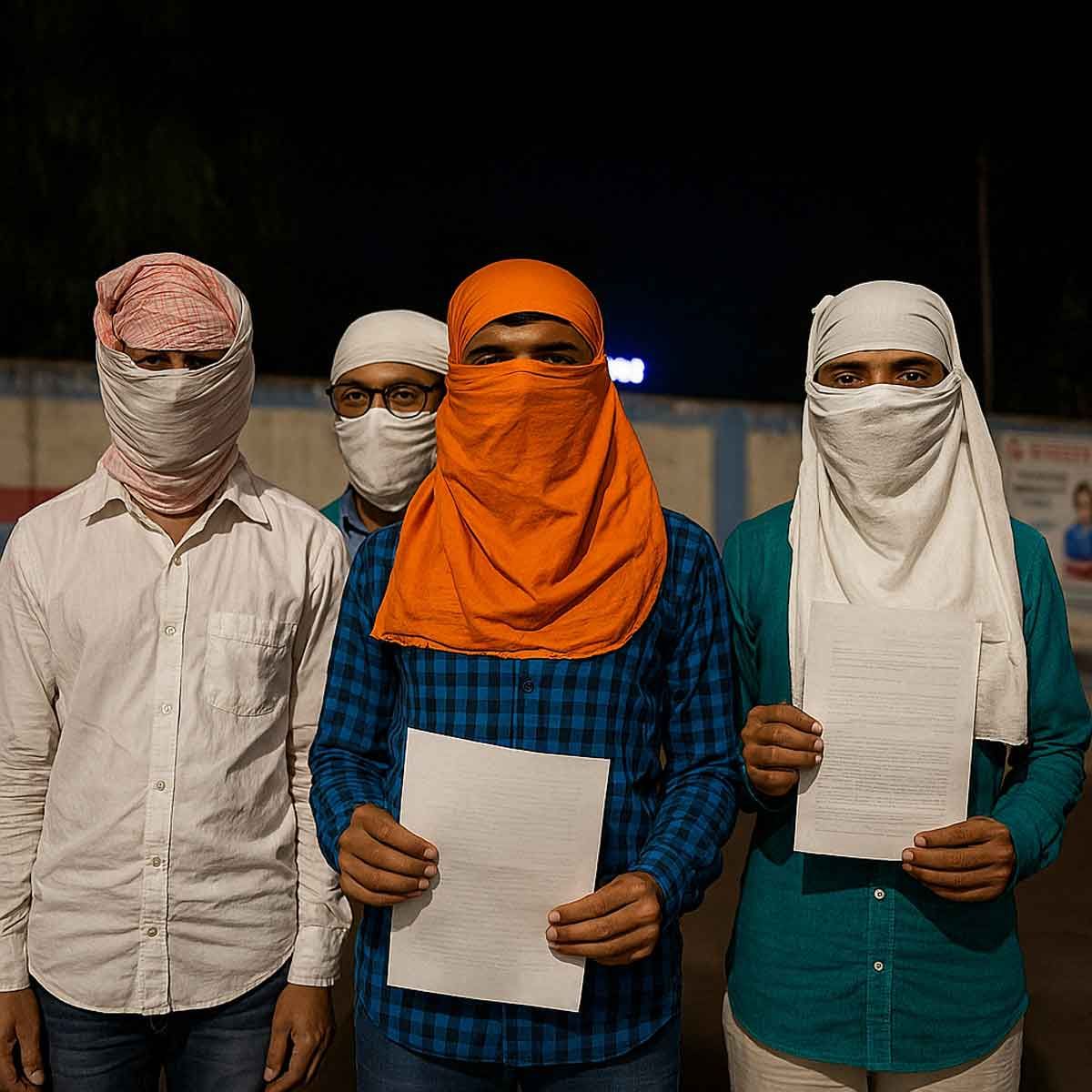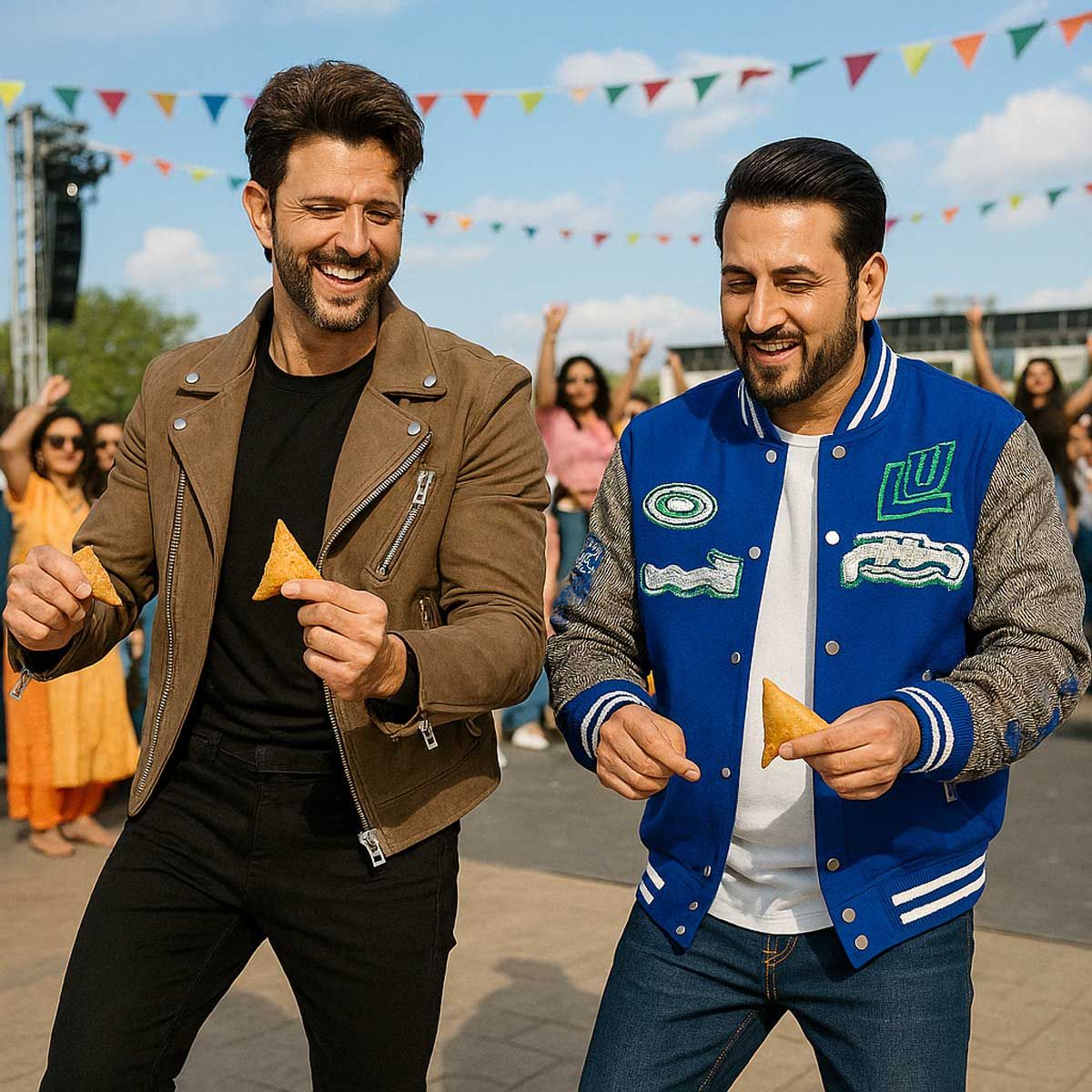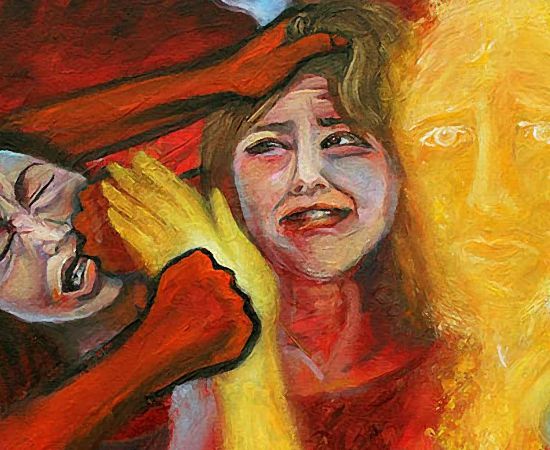More Coverage
Twitter Coverage
Satyaagrah
Written on
Satyaagrah
Written on
Satyaagrah
Written on
Satyaagrah
Written on
Satyaagrah
Written on
JOIN SATYAAGRAH SOCIAL MEDIA
"Its a desirable thing to be well-descended, but the glory belongs to our ancestors": An artist from Pakistan went viral for using artificial intelligence to reimagine life in Mohenjo Daro, one of the most striking monuments from the dawn of civilization

KARACHI: An artist from a remote village in Pakistan’s southern Sindh province, once scolded by his family for buying a computer, has gone viral in recent weeks for using artificial intelligence (AI) to reimagine life in Mohenjo Daro, one of the most striking monuments from the dawn of civilization.
|
Rehmatullah Mirbahar, 34, a computer operator at the Thatta district health department who used websites and YouTube tutorials to teach himself how to create art using AI tools, said he was surprised but happy that his images of Mohenjo Daro had received such wide appreciation.
The site, populated from 2500-1500 BC but then abandoned and only rediscovered in 1921, is the largest settlement of the ancient Indus Valley Civilization and one of the world’s earliest major cities.
“When I first created these images, I did not upload them because I didn’t think people would like them,” Mirbahar told Arab News, sitting at his computer in a small room at his office building in Makli, not far from the site of an ancient cemetery possessing half a million tombs and graves — one of the largest graveyards in the world and a UNESCO World Heritage site.
“But then I decided to upload them and I can’t believe how they got viral.”
The response, the artist said, had been “great.”
|
“There have been calls from Germany, calls from the United States, I got calls from India as well.”
Mirbahar, who invested almost three months learning about AI, said the inspiration was to show the world how people lived in the ancient city of Mohenjo Daro and what kind of lifestyle they had.
Artificial intelligence, Mirbahar said, was an ideal choice for the project because it could produce results based on available online data about a place or its people, and where it didn’t match reality, a human mind could intervene.
And Mirbahar had to intervene on numerous occasions, he said, drawing from his knowledge and the photography he had done in the ruins of Mohenjo Daro and other ancient sites in Sindh to learn more about the area’s ancient architecture, culture, and religion.
“Whatever came to my mind about Mohenjo Daro, I reimagined [all of that] through AI,” the artist explained.
|
“It gives fifty or sixty percent results based on the data it has and [therefore] it needs modification … [We have to look] at how the faces of people appear, we have to fix their faces, have to change their colors, and the rest of the modifications are done with the help of AI.”
Some critics of the final images have pointed to missing elements also.
“Many people said ‘there should be a river that flowed here,’ ‘there should be greenery there,’ and many people criticized it on social media,” Mirbahar said. “So, in future, I will update this to Mohenjo Daro version two. I will fix the mistakes being pointed out in this version.”
Next, Mirbahar wants to visualize life in Banbhore, the ancient seaside city from where historians say the famed Arab general Muhammad Bin Qasim entered Sindh in the 8th century AD. He also plans to reimagine life in Makli and its famed necropolis, which spreads over 10 square kilometers and is the resting place of some of the most powerful dynasties between the 14th and 18th centuries. Also on his list is Taxila, the capital city of ancient Gandhara, founded around 1000 BCE.
|
“I am working on civilizations outside Pakistan too,” the creator said. “In the future, all these will [be reimagined with AI].”
Speaking about his future plans, he laughed remembering how he was scolded by his family nearly two decades ago for what they believed was a waste of money buying a computer.
“My family scolded me a lot [saying] what are you doing, you have done wasteful spending,” Mirbahar said, and then added with a smile:
“But whatever I am today is because of this computer, and my family members are also happy.”
|
References:
 Support Us
Support Us
Satyagraha was born from the heart of our land, with an undying aim to unveil the true essence of Bharat. It seeks to illuminate the hidden tales of our valiant freedom fighters and the rich chronicles that haven't yet sung their complete melody in the mainstream.
While platforms like NDTV and 'The Wire' effortlessly garner funds under the banner of safeguarding democracy, we at Satyagraha walk a different path. Our strength and resonance come from you. In this journey to weave a stronger Bharat, every little contribution amplifies our voice. Let's come together, contribute as you can, and champion the true spirit of our nation.
 |  |  |
| ICICI Bank of Satyaagrah | Razorpay Bank of Satyaagrah | PayPal Bank of Satyaagrah - For International Payments |
If all above doesn't work, then try the LINK below:
Please share the article on other platforms
DISCLAIMER: The author is solely responsible for the views expressed in this article. The author carries the responsibility for citing and/or licensing of images utilized within the text. The website also frequently uses non-commercial images for representational purposes only in line with the article. We are not responsible for the authenticity of such images. If some images have a copyright issue, we request the person/entity to contact us at This email address is being protected from spambots. You need JavaScript enabled to view it. and we will take the necessary actions to resolve the issue.
Related Articles
- "When we bring what is within out into the world, miracles happen": Built by the Rajput king Sawai Jai Singh II in 1734, UNESCO World Heritage site Jantar Mantar, Jaipur is an astronomical observatory, which features the world’s largest stone sundial
- Lalitadiya Muktapida: A great successor of Karkota Dynasty who defeated Arabs and subjugated Turks
- A Different 9/11: How Vivekananda Won Americans’ Hearts and Minds
- Let’s remember Karsevaks this Diwali, who laid down their lives for Ram Temple: Ayodhya massacre of Hindu devotees, 2 Nov 1990
- Jhalkaribai: The Indian Rebellion Of 1857 Who Took on British Forces Disguised as Laxmibai
- Unsung Heroine Pritilata Waddedar, Who Shook The British Raj at the age of 21
- Legend of Maharishi Charaka also known as The father of Ayurveda: Earliest school of medicine known to mankind is Ayurveda
- The Forgotten Story of Rani Abbakka Chowta, the Fearless Warrior Queen of Tulu Nadu
- After removing 500 tons of garbage, 18th-century old stepwell to soon serve with clean, fresh groundwater gushing from 53 feet deep water stream: Nalla Pochamma Temple, Telangana
- "Where is all the knowledge we lost with information": Father of Surgery - World`s First Surgeon was Maharishi Sushruta who performed surgeries on nose, ears, bladder, cataracts, fistula, joints, and hemorrhage more than 2600 ago with surgical instruments
- Fearless female sniper Uda Devi, who etched history during the Siege of Lucknow!
- Ekapada, unveiling the mystery of water - A journey into its quantum vibrations, the subtle energies it carries, and its symbolic representation in ancient temples discovering intersection of science, spirituality and timeless wisdom encoded in the atom
- "Culture is the widening of the mind and of the spirit": Origin of the timepiece AM and PM - Arohanam Martandasaya means the ascension (rise) of the sun, Patanam Martandasaya means the inclination of the sun
- "Symbols are powerful because they are the visible signs of invisible realities": Real Sindoor comes from a tree, a low-height tree that finds mention in our scriptures. Seeds from the tree are crushed to make fine powder and were used by Sita and Hanuman
- "Three things cannot long be hidden: the sun, the moon, and the truth": It was not Isaac Newton but Rishi Kanad who first discovered "Laws of Motion" at least 2000 years before Newton in his Vaishesika Sutras, was also known as "Father of Atomic Theory"




























